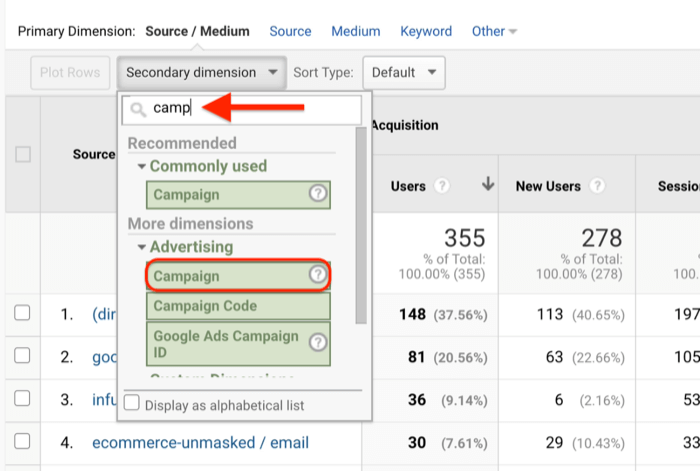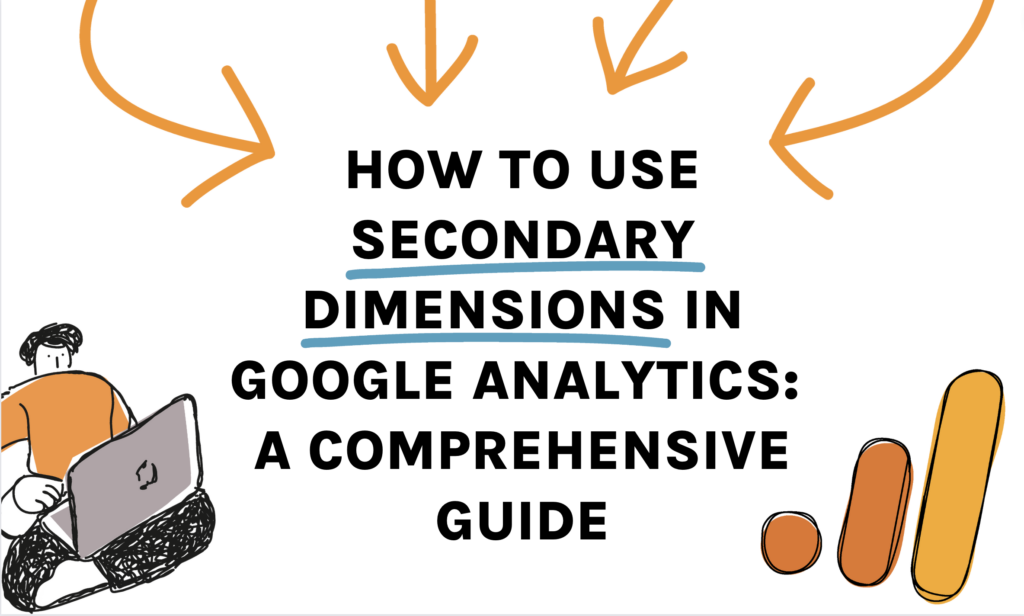Browsing the Depths of Second Measurement in Google Analytics: A Comprehensive Exploration on Its Functionality
Second dimensions, though seemingly simple at first glance, nurture a riches of untapped possible waiting to be taken advantage of. As we embark on this trip to check out the nuanced functionality of additional dimensions, we will uncover exactly how this feature can light up patterns, unveil relationships, and inevitably lead the way for informed decision-making in the electronic landscape (what is a “secondary dimension” in google analytics?).
Understanding Additional Dimensions in Google Analytics

Understanding how additional measurements job is important for leveraging the full power of Google Analytics. These dimensions help you respond to much more intricate questions regarding customer behavior and the performance of your website content and marketing initiatives. You can use second dimensions to evaluate which gadgets or internet browsers are most frequently utilized by visitors that make an acquisition, or to contrast the bounce rates of different web traffic resources. By combining key metrics with secondary measurements, you can get valuable understandings that drive educated decision-making and optimization approaches - what is a “secondary dimension” in google analytics?.
Leveraging Secondary Dimensions for Data Evaluation
Building upon the foundational understanding of how secondary dimensions enhance data evaluation in Google Analytics, the application of these extra layers of details comes to be paramount in extracting useful insights for educated decision-making and optimization techniques. By leveraging secondary dimensions, experts can dig much deeper into the performance metrics by adding more context to the key dimensions, thus uncovering concealed patterns and correlations that could not be noticeable initially glimpse. This deeper level of analysis allows businesses to much better understand user habits, recognize patterns, and pinpoint locations for renovation.
In addition, additional dimensions provide an even more detailed sight of the data, enabling division based upon various parameters such as demographics, devices, website traffic sources, and more. This division helps with a much more granular evaluation, allowing companies to tailor their approaches and campaigns to certain audience sections for boosted targeting and customization. Basically, the calculated usage of second dimensions encourages companies to make data-driven decisions that drive development his response and success in the digital landscape.
Advanced Techniques for Secondary Dimension Execution
Discovering complex approaches to harness the full capacity of secondary measurements in Google Analytics elevates the depth and refinement of information evaluation for critical decision-making. One sophisticated strategy for executing second dimensions is the use of customized measurements. Additionally, integrating second dimensions with sophisticated segments can provide even more granular understandings by using numerous layers of division to the information.
Interpreting Insights Through Secondary Measurements

When translating insights with additional measurements, it is important to consider the context of the data and exactly how various dimensions communicate with each various other. As an example, understanding which details web traffic sources result in greater conversion prices or determining which tools users choose for making purchases can offer actionable understandings for enhancing advertising campaigns and improving general website efficiency. By meticulously taking a look at the information with secondary dimensions in mind, services can make enlightened choices that drive meaningful results and enhance their digital existence.
Enhancing Performance With Secondary Measurements

One vital method to maximize performance with secondary measurements is by segmenting information extra granularly. This permits you to separate particular variables that may be influencing your metrics and acquire a far better understanding of what drives success or failure in your electronic efforts. By combining secondary dimensions such as 'tool group' and 'landing page,' you can determine which gadget types are most reliable for particular landing pages, allowing you to customize your approaches appropriately.
Furthermore, utilizing second dimensions can aid you determine fads, patterns, and correlations that might not be obvious when assessing information with key dimensions alone. This deeper level of evaluation can cause more educated decision-making and ultimately improve the general efficiency of your internet site or digital advertising campaigns.
Conclusion
To conclude, secondary measurements in Google Analytics play an essential duty in boosting data evaluation and supplying deeper understandings right into website performance. By utilizing advanced strategies and site here translating the data successfully, businesses can maximize their strategies and enhance general efficiency. Recognizing the capability of secondary dimensions is necessary for making notified decisions and driving success in the electronic landscape.
By leveraging secondary dimensions, analysts can delve deeper into the efficiency metrics by adding even more context to the main measurements, thus discovering covert patterns and correlations that may not be evident at initial look. One advanced strategy for executing additional dimensions is the use of custom dimensions.Having actually grasped sophisticated methods like custom-made measurements and regex for secondary measurement execution in Google Analytics, the following critical step is analyzing the beneficial understandings derived with these innovative information division approaches. Analyzing insights via second measurements look at these guys involves evaluating the relationships in between the primary and additional measurements picked, revealing patterns, patterns, and connections that might not be immediately obvious when looking at the data in its entirety.When analyzing understandings with additional measurements, it is essential to consider the context of the data and just how various dimensions connect with each other.